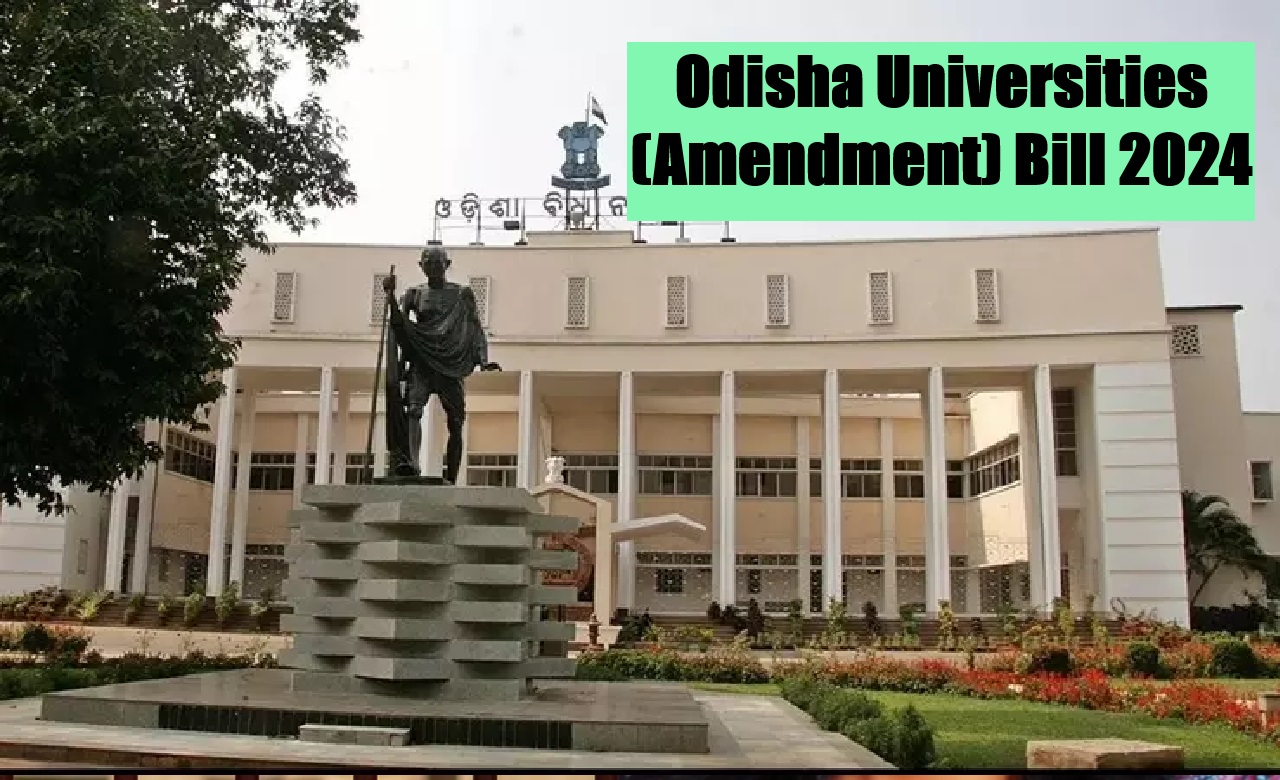A Celebration of Odisha’s Rich Traditions
Odisha, a land steeped in history and spirituality, is home to some of India’s most revered cultural festivals. Among them, the Rath Yatra of Lord Jagannath in Puri and the Bali Jatra in Cuttack hold immense historical, religious, and cultural significance. Recently, these two grand festivals have been included in the “National Inventory of Intangible Cultural Heritage” by the Sangeet Natak Akademi, a prestigious cultural body under the Ministry of Culture, Government of India.
This recognition is a testament to Odisha’s deep-rooted traditions and its efforts to preserve and promote its intangible cultural heritage at both national and international levels.
The Significance of Rath Yatra: Lord Jagannath’s Divine Journey
The Rath Yatra, also known as the Chariot Festival, is an age-old tradition that dates back centuries. Held annually in Puri, this grand event marks the ceremonial journey of Lord Jagannath, Lord Balabhadra, and Devi Subhadra from the 12th-century Jagannath Temple to the Shree Gundicha Temple, located 2.5 km away.
During the festival, millions of devotees gather to pull the massive wooden chariots of the deities, believing that participating in this sacred act grants them divine blessings. After staying at the Gundicha Temple for a week, the deities return to their original abode in a procession known as the Bahuda Yatra.
The Rath Yatra is not just a religious spectacle but also a symbol of unity, devotion, and inclusivity, where people from all walks of life, irrespective of caste or creed, participate in the grand procession.
Bali Jatra: Commemorating Odisha’s Glorious Maritime Legacy
Unlike the Rath Yatra, which is deeply spiritual, Bali Jatra is a celebration of Odisha’s maritime heritage and its historic trade links with Southeast Asian countries such as Bali, Java, Sumatra, and Sri Lanka.
Held annually on Kartika Purnima (full moon day of the Hindu month of Kartika) along the banks of the Mahanadi River in Cuttack, Bali Jatra is a week-long festival that attracts millions of visitors.
The festival is inspired by ancient Odia merchants, known as Sadhabas, who set sail in large wooden boats (Boitas) to establish trade connections across the seas. To honor their spirit, people float miniature boats (Boita Bandana) in rivers and water bodies as a symbolic gesture.
Bali Jatra has also evolved into one of India’s largest trade fairs, featuring handicrafts, traditional art, folk performances, and local delicacies that showcase the state’s rich cultural heritage.
National Recognition: A Cultural Milestone for Odisha
The inclusion of Rath Yatra and Bali Jatra in the National Inventory of Intangible Cultural Heritage is a landmark moment for Odisha. This recognition serves multiple purposes:
· Global Awareness: Showcasing Odisha’s cultural diversity on an international platform.
· Preservation Efforts: Ensuring that these traditions are safeguarded for future generations.
· Tourism Boost: Encouraging more cultural tourism to the state.
As Arabinda Padhee, Chief Administrator of the Shree Jagannath Temple Administration, expressed on social media, this acknowledgment by the Sangeet Natak Akademi is a moment of pride for Odisha and India as a whole.
Odisha – A Land of Timeless Traditions
Odisha’s cultural tapestry is woven with vibrant traditions, grand festivals, and deep spiritual connections. From the divine Rath Yatra, which symbolizes the journey of faith and devotion, to the historic Bali Jatra, which commemorates the state’s maritime glory, these festivals represent the soul of Odisha.
With this national recognition, Odisha’s intangible cultural heritage takes a well-deserved place on the world stage, reaffirming its position as a land of age-old traditions, religious fervour, and historical significance.
(With inputs from agencies)








